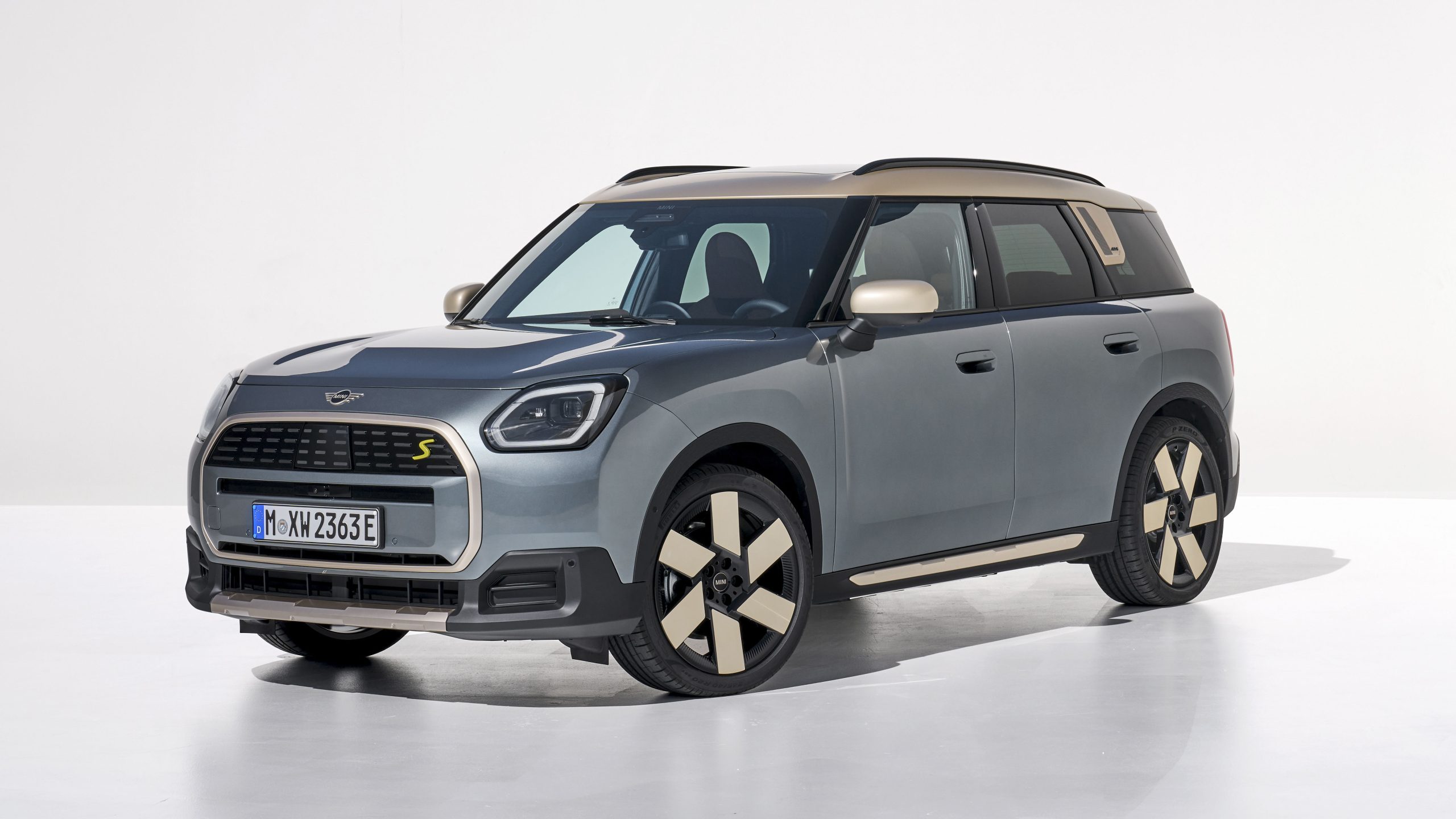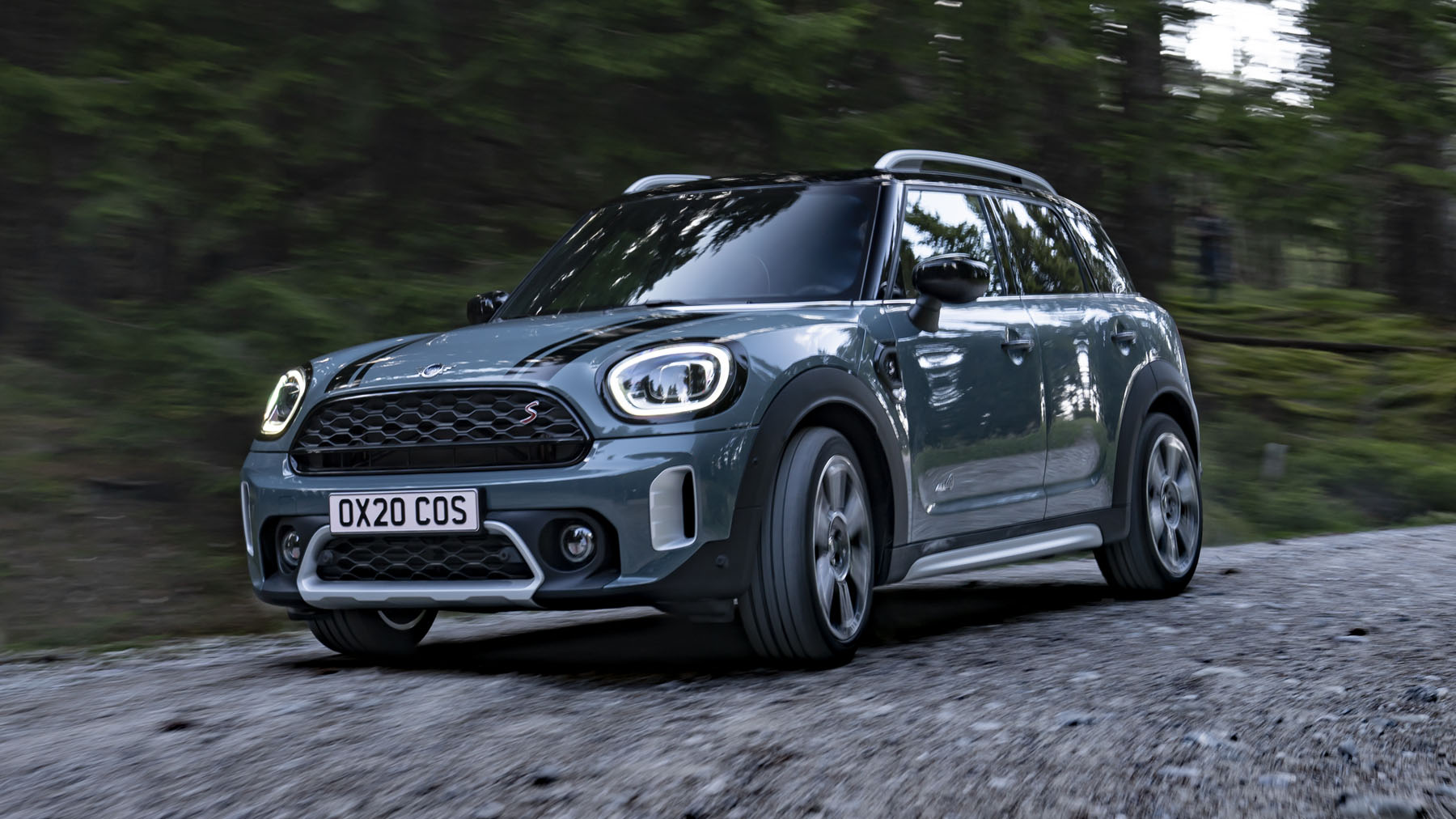Although it’s the gasoline model, an EV has been already announced.
As our spy team has spotted a prototype of the third-generation Countryman, it’s safe to say that there is nothing small about the new Countryman. It’s looking like a compact crossover, regardless of its length or width. Mini has teamed up with the upcoming BMW X1 to create the new model. The duo will be assembled in Leipzig, the first factory to produce both a Mini and a BMW.
The current Countryman is made in The Netherlands by Born-based VDL Nedcar, an automotive manufacturing company. The BMW Group will take over production and the cool crossover will bear the Made in Germany label. Early reports indicate that the new model will measure approximately 4.5 meters (177 in) and be 200 millimeters longer.

Mini already confirmed that the fully camouflaged prototype will come with an electric motor. This makes sense, considering BMW will also produce a zero emissions version of its entry-level crossover, likely called iX1. It’s obvious that this Mini is not disguised and has increased dimensions.
It will ride on an evolution of the front-wheel-drive-based UKL platform, known in BMW’s terminology as FAAR. It was designed to be used with vehicles that have combustion engines, or as part of a hybrid system. Additionally, it will accept the already confirmed EV powertrains for the Countryman and X1.
Mini could eventually introduce a larger model, which would be positioned above Countryman. In an interview with Auto Express in early 2020 Oliver Heilmer, Mini’s lead designer, suggested that he could see Mini introducing a larger vehicle. “The Countryman is a good size, but in other markets, such as China and the US the expectation is different. They could envision having something bigger. We have no limitations. It must feel and look like a Mini, without necessarily being smaller.

Oliver Heilmer stated earlier this month that future models would be priced higher and get rid of leather upholstery. They’ll instead “bring back warmth with colors and fabrics.” It’s important to have fabrics that have warmth when you have less elements.